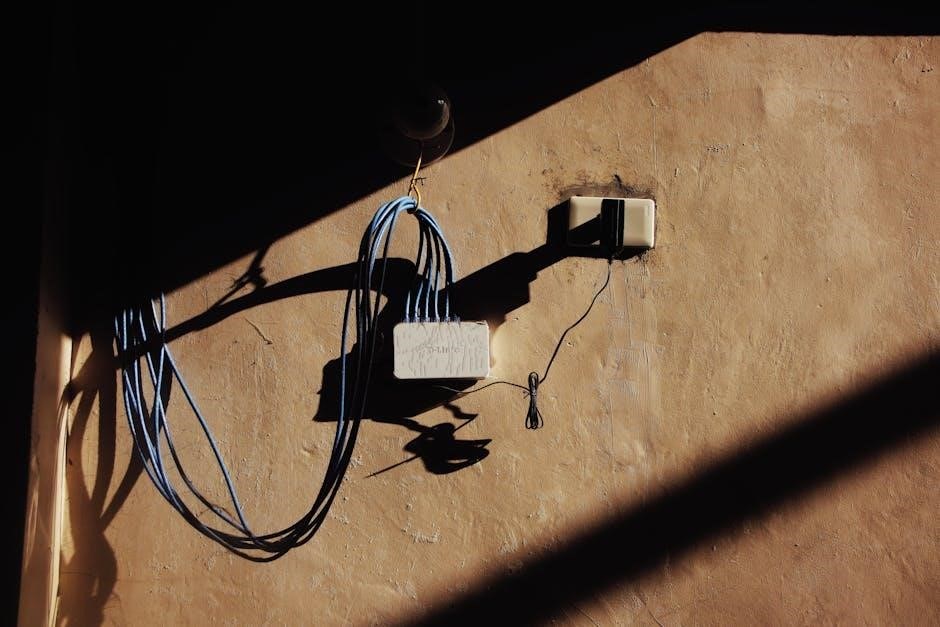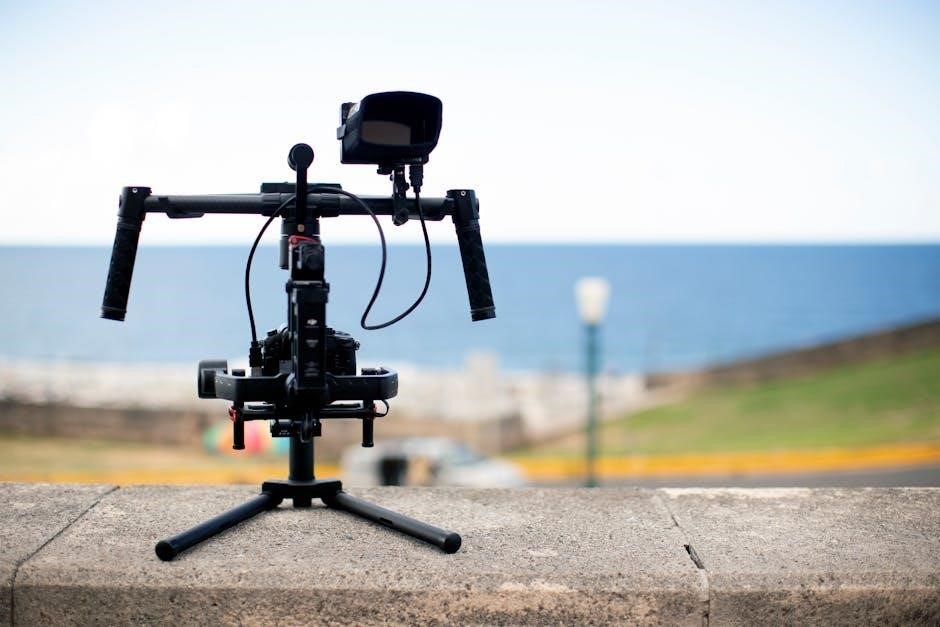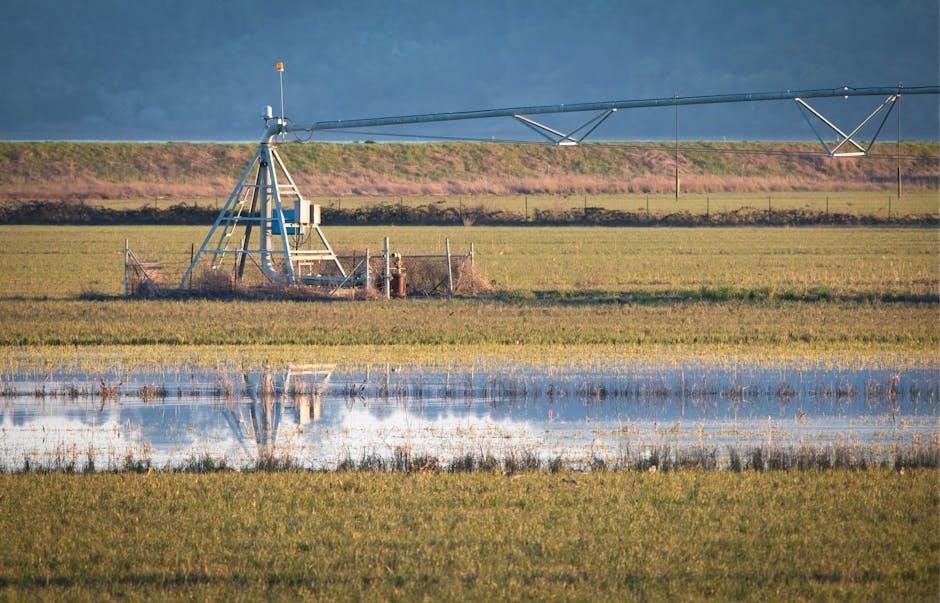The horizontal stabilizer trim system failure is a critical issue
affecting
aircraft safety and performance, requiring immediate attention and repair to prevent accidents and ensure smooth flight operations always․
Definition and Purpose of Horizontal Stabilizer Trim System
The horizontal stabilizer trim system is a critical component of an aircraft’s flight control system, playing a vital role in maintaining the aircraft’s stability and control during flight․
The system is designed to trim the horizontal stabilizer, which is a fixed surface located at the tail of the aircraft, to ensure that the aircraft remains stable and balanced․
The purpose of the horizontal stabilizer trim system is to provide a means of adjusting the angle of attack of the horizontal stabilizer, allowing the aircraft to maintain a steady flight path and preventing unwanted pitch movements․
This is achieved through the use of a trim actuator, which is typically powered by an electric motor or hydraulic system, and is controlled by the pilot or autopilot system․
The horizontal stabilizer trim system is an essential component of modern aircraft, and its proper functioning is critical to ensuring the safety and efficiency of flight operations․
The system is typically designed to be adjustable, allowing the pilot to fine-tune the trim of the horizontal stabilizer to suit different flight conditions and aircraft configurations․
Overall, the horizontal stabilizer trim system is a complex and critical component of an aircraft’s flight control system, requiring careful design, testing, and maintenance to ensure safe and efficient flight operations․

Causes of Horizontal Stabilizer Trim System Failure
Failure occurs due to mechanical seizure of actuator motor or other system components, affecting aircraft safety and performance always with proper maintenance and repair․
Mechanical Seizure of Actuator Motor
The mechanical seizure of the actuator motor is a common cause of horizontal stabilizer trim system failure, resulting in the inability to control the aircraft’s pitch and yaw․ This type of failure can occur due to various reasons, including wear and tear of the motor components, corrosion, or overheating․ The actuator motor is a critical component of the trim system, responsible for adjusting the horizontal stabilizer’s angle to maintain the aircraft’s stability and control․ When the motor seizes, the trim system becomes inoperable, making it difficult for the pilot to control the aircraft․ In such cases, the aircraft may experience a loss of pitch control, leading to a potentially dangerous situation․ The replacement of the seized actuator motor with a serviceable unit is necessary to restore the trim system’s functionality and ensure safe flight operations․ Regular maintenance and inspection of the actuator motor can help prevent such failures and ensure the overall safety of the aircraft․

Consequences of Horizontal Stabilizer Trim System Failure
Failure leads to loss of pitch control and potentially hazardous situations during flight operations always requiring immediate attention․
Impact on Aircraft Safety and Performance
The impact of horizontal stabilizer trim system failure on aircraft safety and performance is significant, as it can lead to a loss of control and potentially hazardous situations during flight operations․
The failure of the trim system can result in an unpredictable and unstable flight path, making it challenging for the pilots to control the aircraft․
This can lead to a range of consequences, including reduced aircraft performance, increased pilot workload, and a higher risk of accidents․
The effects of trim system failure can be particularly severe during critical phases of flight, such as takeoff and landing․
In addition, the failure of the trim system can also lead to a range of secondary effects, including damage to other aircraft systems and components․
Overall, the impact of horizontal stabilizer trim system failure on aircraft safety and performance is a critical concern that requires careful attention and maintenance to prevent accidents and ensure smooth flight operations․
A thorough understanding of the causes and consequences of trim system failure is essential for developing effective maintenance and repair strategies․

Design and Operation of Trimmable Horizontal Stabilizer
The trimmable horizontal stabilizer is designed to provide pitch control and stability, using a complex system of actuators and motors to adjust the stabilizer’s angle and ensure smooth flight operations always․
Differences from Stabilator and Elevators
The trimmable horizontal stabilizer has distinct differences from the stabilator and elevators, primarily in its design and operation․ Unlike the stabilator, the trimmable stabilizer does not move in response to control column or control stick movement․ Instead, it is fitted with elevators that respond to pilot or autopilot input to control pitch and adjust the aircraft attitude․ The entire horizontal tail assembly moves in response to the trim system, providing a stable and controlled flight path․ This difference in design and operation allows for more precise control and stability, making the trimmable horizontal stabilizer a crucial component of modern aircraft․ The trimmable stabilizer’s unique characteristics also require specific maintenance and repair procedures to ensure optimal performance and prevent system failure; Overall, understanding the differences between the trimmable horizontal stabilizer, stabilator, and elevators is essential for effective aircraft operation and maintenance․

Electrical Actuation of Flight Control Systems
Electrical actuation raises new challenges, including power sizing, back-drivability, and load rejecting, requiring careful system design and implementation always using electronic controllers and sensors for optimal performance and safety․
Challenges and Considerations
The introduction of electrical actuation for flight control systems poses several challenges and considerations, including power sizing, back-drivability, load rejecting, cushioning, and damping․
These challenges require careful system design and implementation to ensure optimal performance and safety․
Additionally, the system must be able to respond to failures and reject loads, while also providing cushioning and damping to prevent damage to the aircraft․
The use of electronic controllers and sensors is crucial in achieving these goals, and their design and implementation must be carefully considered․
Furthermore, the system must be able to operate in a variety of environmental conditions, including extreme temperatures and vibrations․
Overall, the challenges and considerations associated with electrical actuation of flight control systems are complex and multifaceted, requiring a comprehensive and integrated approach to system design and implementation․
This approach must take into account the various factors that affect system performance and safety, and must be able to adapt to changing conditions and requirements․
